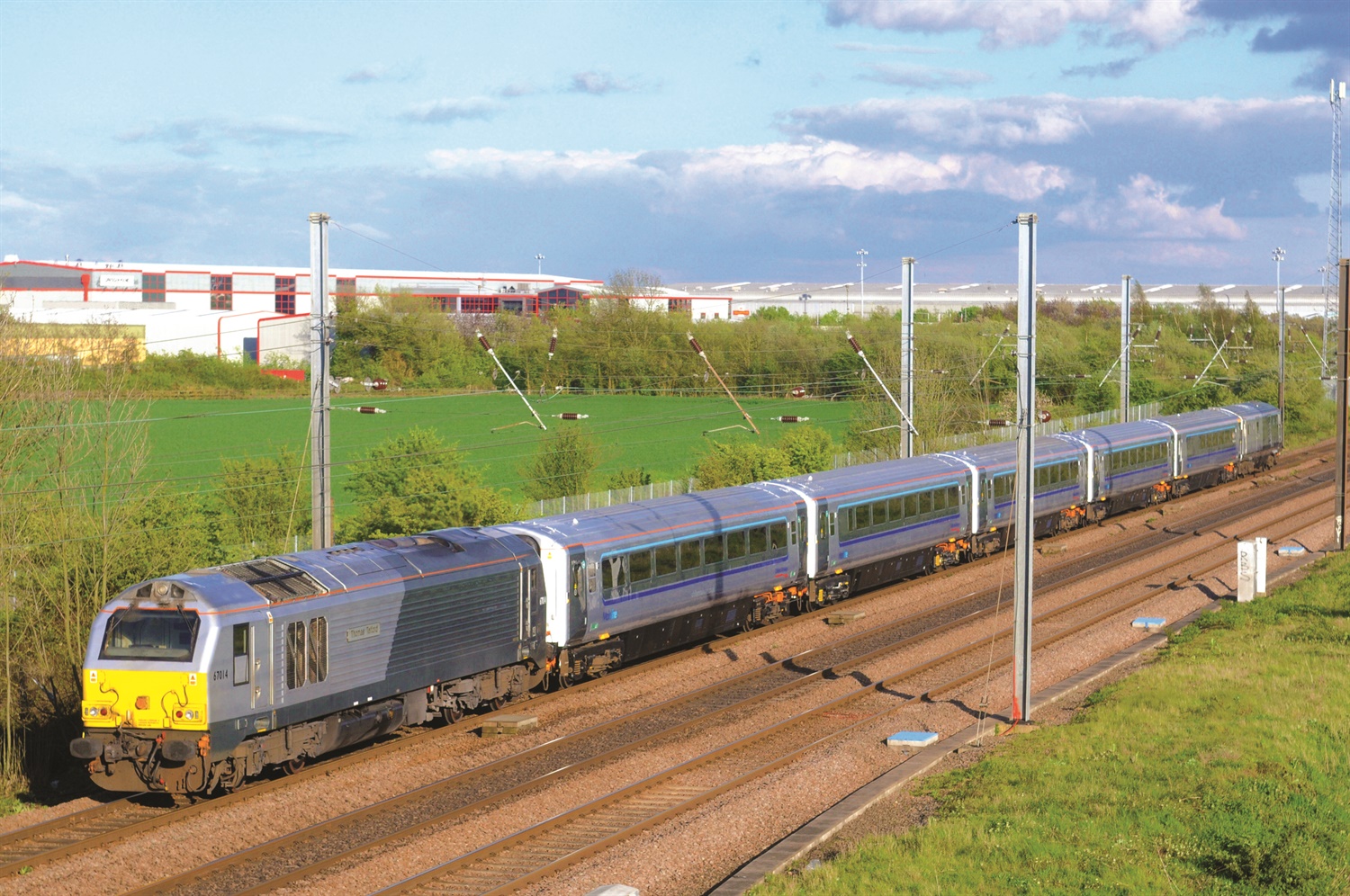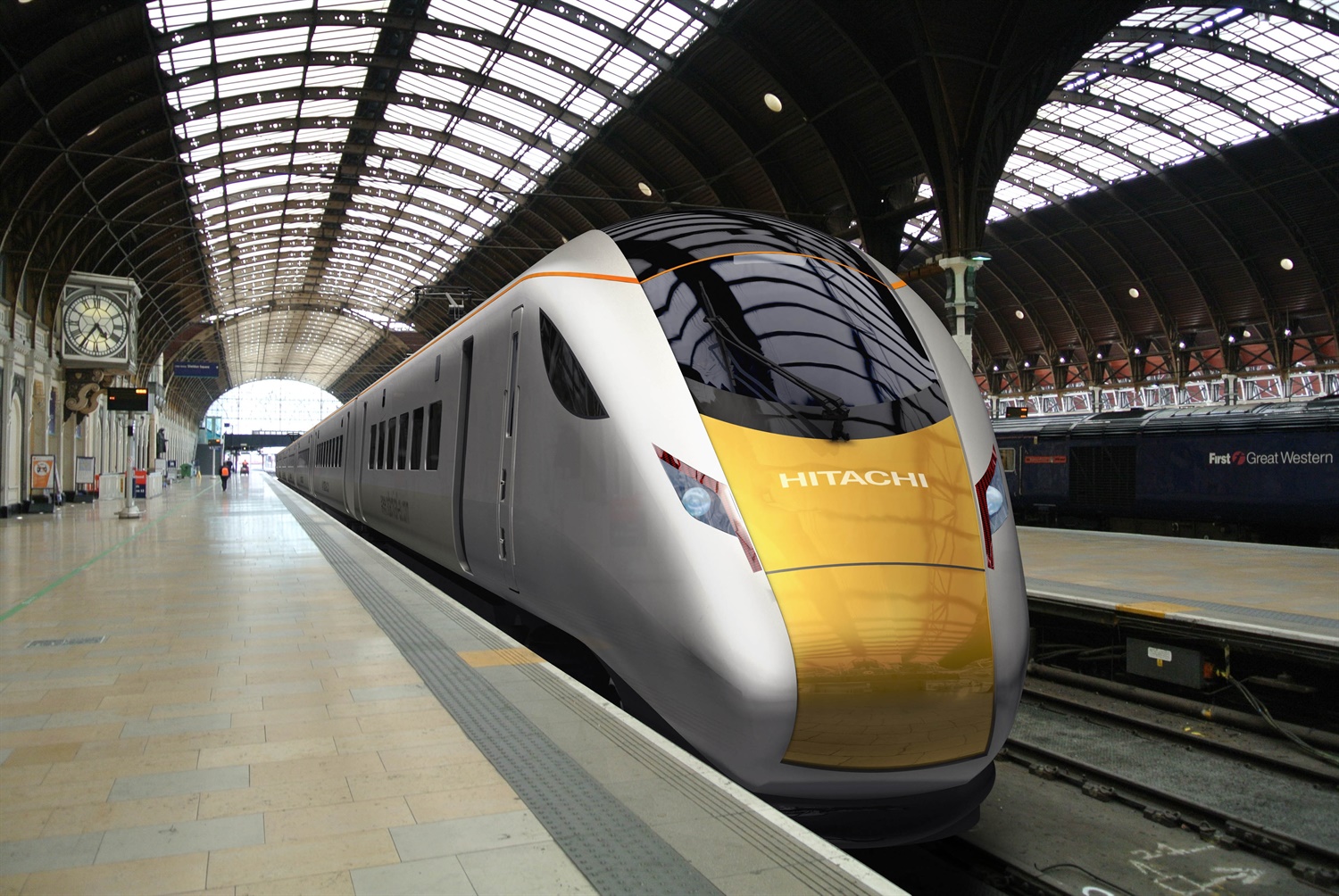03.03.15
Slow electrification means up to 500 more diesels needed
Between 350 and 500 new non-electrified vehicles will be required in CP5 and early in CP6 as a result of growing passenger demand, the replacement of Pacers and the ‘rate of completion’ for electrification programmes.
The third Long Term Passenger Rolling Stock Strategy for the Rail Industry, calls this a “significant change” from previous reports, even though the overall number of additional non-electric vehicles will be relatively small.
As with the previous two editions, the report has been produced through collaboration between rolling stock owners and the Rail Delivery Group, representing train operators and Network Rail.
The Rolling Stock Strategy Steering Group (RSSSG) has done detailed analysis and sensitivity testing of the requirements for self-powered trains in recent months. This has included detailed analysis of the total number of Type A and Type B vehicles likely to be required in each year to 2022.
This work has indicated a potential requirement for 350 to 500 additional non-electric vehicles, for a variety of urban stopping, rural stopping and inter-urban express services. The analysis assumes replacement of most or all of the 290 Class 14x ‘Pacer’ vehicles, and the provision of additional vehicles for the alleviation of present levels of crowding and/or to permit future growth. The Class 142 and 144 Pacers operating on Northern routes must be replaced by 2020 in line with the ITT, while Arriva Trains Wales also operates 15 two-car Class 143s and the same number of Class 142s, and First Great Western has eight two-car Pacer sets funning the former Wessex Trains services.
It stated that this requirement “might be satisfied” by various permutations of new construction and/or conversion of older vehicles, including loco-haulage in some instances.
RSSSG added that train builders, lessors and franchise bidders are examining the case for new construction. It has been suggested that concerns about how to ‘future-proof’ such an investment in new trains could be mitigated in various ways including:
- Building the trains as bi-modes, assuming that the trains can potentially have long term value operating in both diesel and electric modes; or
- Building the trains as unpowered vehicles to be hauled or propelled by diesel, electric or bi-mode locomotives; or
- Incorporating energy storage from braking (though the development timescale for such new technology is likely to be too long for the immediate requirement).
Although timescales are tight, RSSSG is confident that the industry (TOCs, manufacturers and leasing companies) can provide solutions to these issues in CP5 and early in CP6. It added that it is “probable” that some manufacturers will be willing to develop new non-electric vehicles. Equally, life extension of older vehicles can still be an attractive and cost-effective solution, as demonstrated by Chiltern Railways’ use of loco-hauled Mark 3 coaches, and ScotRail’s future use of HSTs on its internal intercity routes.

With regards to electrification, the steering group has adopted the results from a sensitivity test on the ‘Low’ scenario of the rolling stock strategy to illustrate what the consequences of a slower overall rate of electrification in CP5 through to CP7, pending the development of new assumptions once an electrification programme for CP6, is developed through the LTPP ( Long Term Planning Process) and is approved by government.
It added that “any reprogramming of the completion dates of the currently planned electrification projects would have adverse consequences” for rolling stock.
In particular, slower achievement of the additional capacity required; the higher capital cost and whole-life, whole-system costs of any new diesel vehicles; incremental costs associated with short initial leases, subsequent transfer to other non-electrified routes, and residual value risks; longer introduction timescales compared with those for new electric vehicles; and the lower reliability of diesel vehicles compared with electric vehicles.
However, the longer term conclusions of the RSS are largely unchanged.
The total passenger fleet is forecast to grow by between 52% in the ‘Low’ scenario and 99% in the ‘High’ scenario over the next 30 years, and the proportion of vehicles that will use electric traction is forecast to rise from 69% today to over 90% by 2029 in all scenarios.
Analysis indicates that between 13,000 and 19,000 new electric vehicles will be required over the 30 years to 2044. Electrification will in many cases permit longer trains, and will enable diesel trains to be transferred to non-electrified routes, where growth has been constrained by lack of sufficient vehicles.
On top of this, around 3,350 new electric vehicles will need to be delivered by April 2019, with orders already placed for 90% of this total. A further 428 vehicles for Crossrail, the Intercity Express Programme and Essex Thameside have already been committed for delivery after this date.

Richard Brown, chairman of the RSSG, said: “Demand for rail travel is set to continue to grow. Meeting this demand with the most suitable and cost efficient rolling stock is vital to maximising the railway’s benefits for passengers as well as the economy, local communities and environment. This updated rolling stock strategy sets out future potential demand and identifies challenges and opportunities.”
The report outlines the best way to meet rising passenger demand over the next thirty years and also how to maximise the potential benefits of the increased capacity that will be provided on the existing network and HS2.
Rail minister Claire Perry MP added that the strategy is now well established as a key element in the industry’s Long Term Planning Process and provides a “coherent road map for all those who are involved with the improvement and expansion of the railway network and its train services”.
She said: “We are moving more people to more places than ever before – passengers who expect ever higher levels of reliability, comfort and services such as Wi-Fi. This incredible growth brings many challenges, but is being matched by a level of investment in railway infrastructure and new trains that is without precedent in recent times.
“We know that we are playing catch-up, with an ever increasing number of passengers travelling on fleets which will continue to require refurbishment and renewal. It is absolutely vital that investment in rolling stock keeps pace with this government’s massive investment in track and infrastructure.”
Tell us what you think – have your say below or email [email protected]